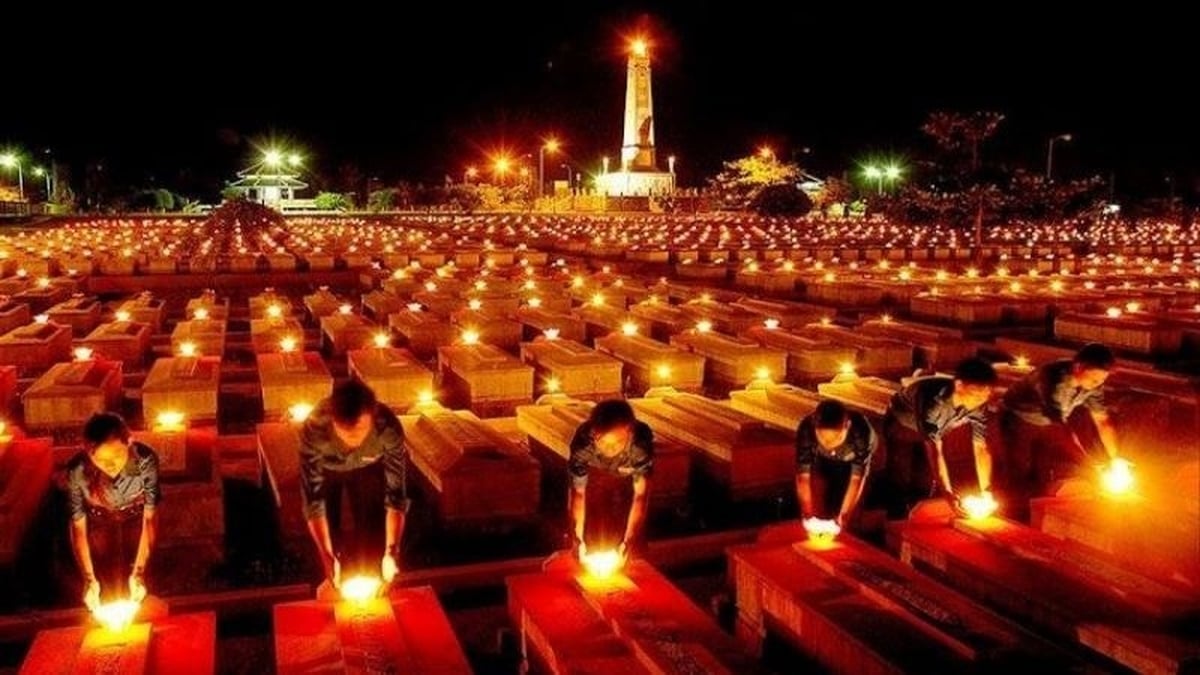The shooting was over the right to use water from the 1,000-km Helmand River, which flows from Afghanistan to Iran. In 1973, the two countries signed a treaty on the shared use of this water source.
Tehran accused the Taliban of violating the treaty by building dams and hydroelectric power plants, reducing the flow of water downstream in Iran, causing great damage to the economy and the lives of Iranians. The Taliban cited the need to block rivers and build dams to deal with drought and combat climate change.
The recent clash left soldiers dead on both sides. But it was just a small incident in a larger rift between the two countries, which have traditionally had poor relations. The rift stems from religious and ideological differences and Iran’s concerns about security challenges and threats from radical Islamist forces and regimes in Afghanistan.
This major disagreement makes it impossible for the bilateral relationship to normalize and improve soon. The old treaty is not being followed, droughts are still occurring frequently due to the impact of climate change and Afghanistan's increasing demand for this water source for socio-economic development are all signs that the two countries will soon have fierce disputes over this water source, making the major disagreement even more difficult to overcome.
Source link


































































































Comment (0)